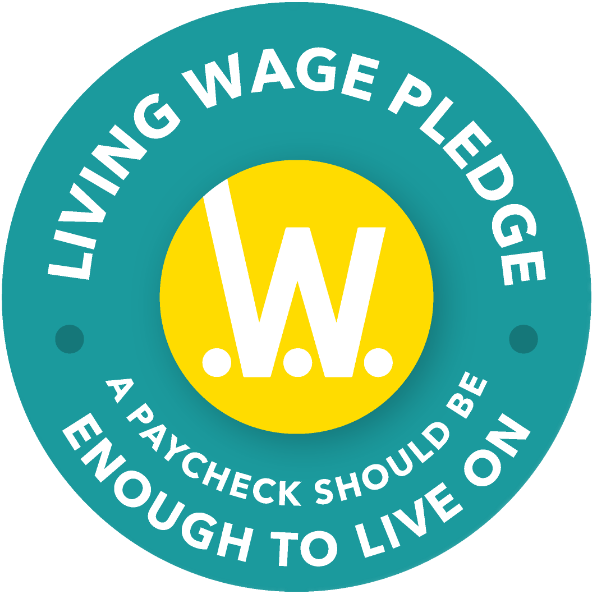The Living Wage and Wonolo
At Wonolo, our mission is to make work flexible and fulfilling for everyone. We witness every day how work brings a sense of belonging, a sense of respect, and a sense of dignity. Today, with millions of Americans unemployed and millions more underemployed, a paycheck matters more than ever. And that paycheck should be enough for people to live on.
So let’s commit to a Living Wage standard so workers everywhere earn enough to live on.
- The Living Wage, unlike the minimum wage, reflects the nuances of local economies because it is defined at the county level and takes into account the local costs of food, housing, medical care, cell phones, and a broad array of additional variables.
- The Living Wage does a better job of balancing the needs of workers AND businesses. Workers in cities (say Atlanta, Living Wage: $16.56) need to earn more to live on than workers in other areas of the country (say Charleston, WV, Living Wage: $12.27). Forcing businesses in West Virginia to pay an arbitrarily high minimum wage would put a lot of pressure on local businesses and could prompt job losses.
- This is why Wonolo is focused on the Living Wage and why our goal by the end of this year is that all workers on Wonolo will earn at least an hourly living wage. Already, 75% of the jobs on Wonolo offer at least the local Living Wage. (And every job posted on Wonolo offers at least the local minimum wage.)
But we can’t do it alone. We encourage like-minded companies to take the Living Wage Pledge with us: pledge to pay workers at least the local Living Wage.
Defining the Living Wage
Wonolo uses the Massachusetts Institute of Technology (MIT) Living Wage Calculator to define the Living Wage for a single person without kids. The MIT Living Wage Calculator takes into account the local costs of food, housing, medical care, cell phones, and a broad array of additional variables. It’s defined down to the county.



